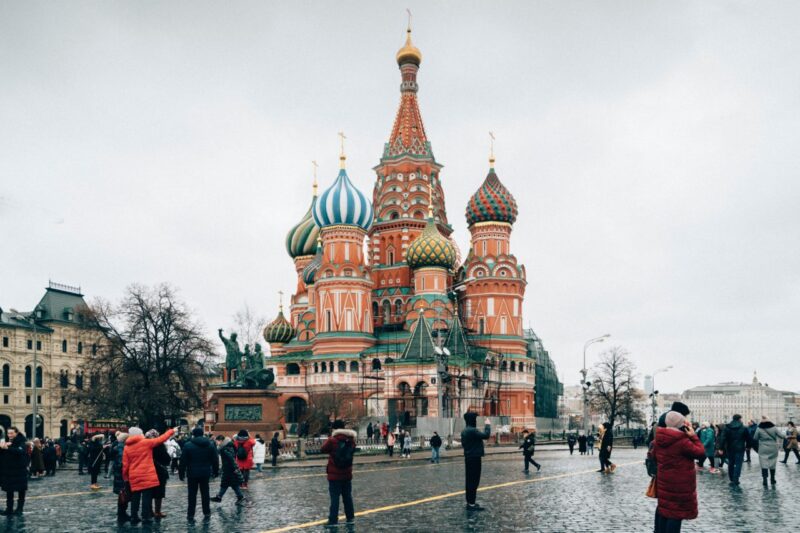Russian Sanctions and Impact on Core Industries
We’ve all been watching the news of the unfolding war in Ukraine, and our hearts go out to all of those affected by the conflict.
Over the past month as Russia has made an incursion into Ukraine, the US and EU are increasingly pushing for economic sanctions that impact the buying and selling of luxury goods.
Today we look at the impact of those sanctions on some of the key industries we serve through recruiting all over the globe.
US and EU propose Russian economic sanctions
Both the US and EU have cut the export of luxury goods to Russia, aiming to hit the economic elite of Russia in the pocketbook. In an executive order, President Biden promised to “ensure that U.S. persons are not providing luxury items, such as high end-watches, luxury vehicles, high-end apparel, high-end alcohol, jewelry, and other goods frequently purchased by Russian elites,” and also noted that these restrictions would encompass goods worth more than $550 million per year.
US Bans a Number of Russian Imports
President Biden’s E.O. also prohibited the import of goods that comprise a substantial part of Russia’s export economy, including seafood, spirits/vodka, and non-industrial diamonds. The cost to Russia for this type of sanction is estimated to be above one billion dollars.
Russia actually accounts for a third of the global diamond market by volume, with the lion share of this rare gem being mined by the government-backed Alrosa. This industry is expected to take a major hit because of these sanctions in the US and Europe. And with nearly half of the diamond demand being in the United States, this recent action is expected to affect the jewelry market.
The luxury giants close in Russia en masse
Hermes was the first major luxury retailer to close its doors in Russia since the beginning of the conflict between Ukraine and Russia. LVMH quickly followed suit by temporarily closing its 124 stores in Russia, along with planned closures by other major players like Rolex and Prada.
As part of a fourth wave of sanctions against Russia for its invasion of Ukraine, the European Union and the United States announced Friday that they would no longer allow any exports of luxury goods to Russia.
Some states choose to ban Russian vodka
As we’ve written about before, the U.S. has a patchwork of laws that vary state-to-state when it comes to alcohol sales and consumption. And so perhaps it’s not surprising that the reaction to the Russian incursion into Ukraine has varied across the United States. Utah, Ohio, Pennsylvania, North Carolina and New Hampshire have all introduced legislation to ban Russian liquor products.
What many vodka drinkers may not know, however, is that only about 1.2% of the imported vodka in the US is from Russia. While a vodka may carry Russophile branding, it may be produced elsewhere — Romanov is a good example of this, as it is made in India. The most popular vodkas in the US include Grey Goose (produced in France) and Skyy and Titos (both made in the US).
While many of the most popular vodkas have Russian-sounding names and Russian branding, many are produced elsewhere. Romanov vodka, for instance, is made in India.
As for some of the most popular vodkas, Titos is made in the U.S., as is Skyy. Grey Goose is made in France.
Impact on the Global Tourism Industry
With most airlines refusing to fly into Russian, and aviation giants like Boeing and Airbus refusing to service the Russian fleet, the sanctions and new restrictions are likely to have a large impact on travel and tourism both in Russian and in nearby Europe.
Is your industry being affected by the war between Russia and Ukraine? Share in the comments if so.



